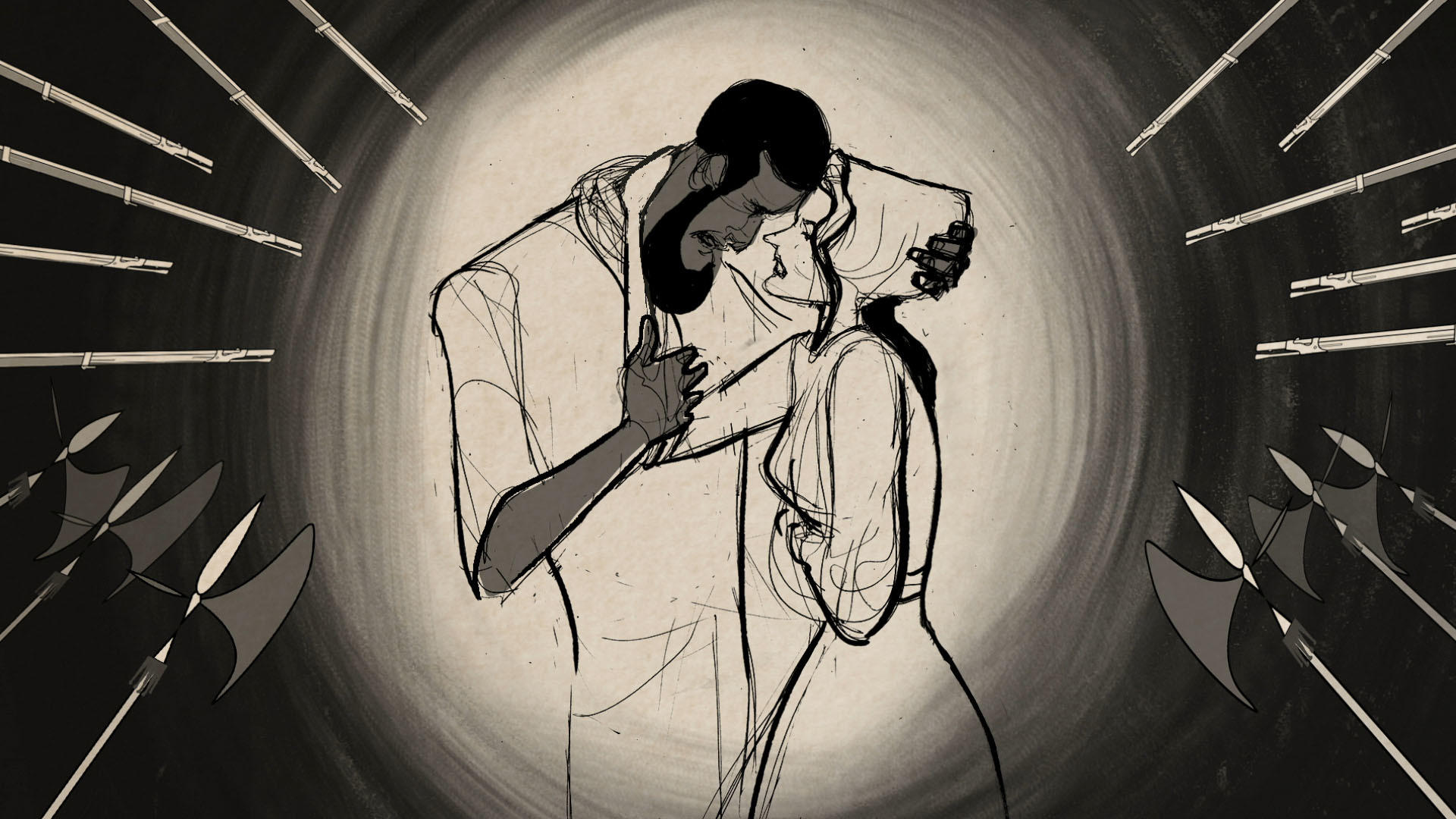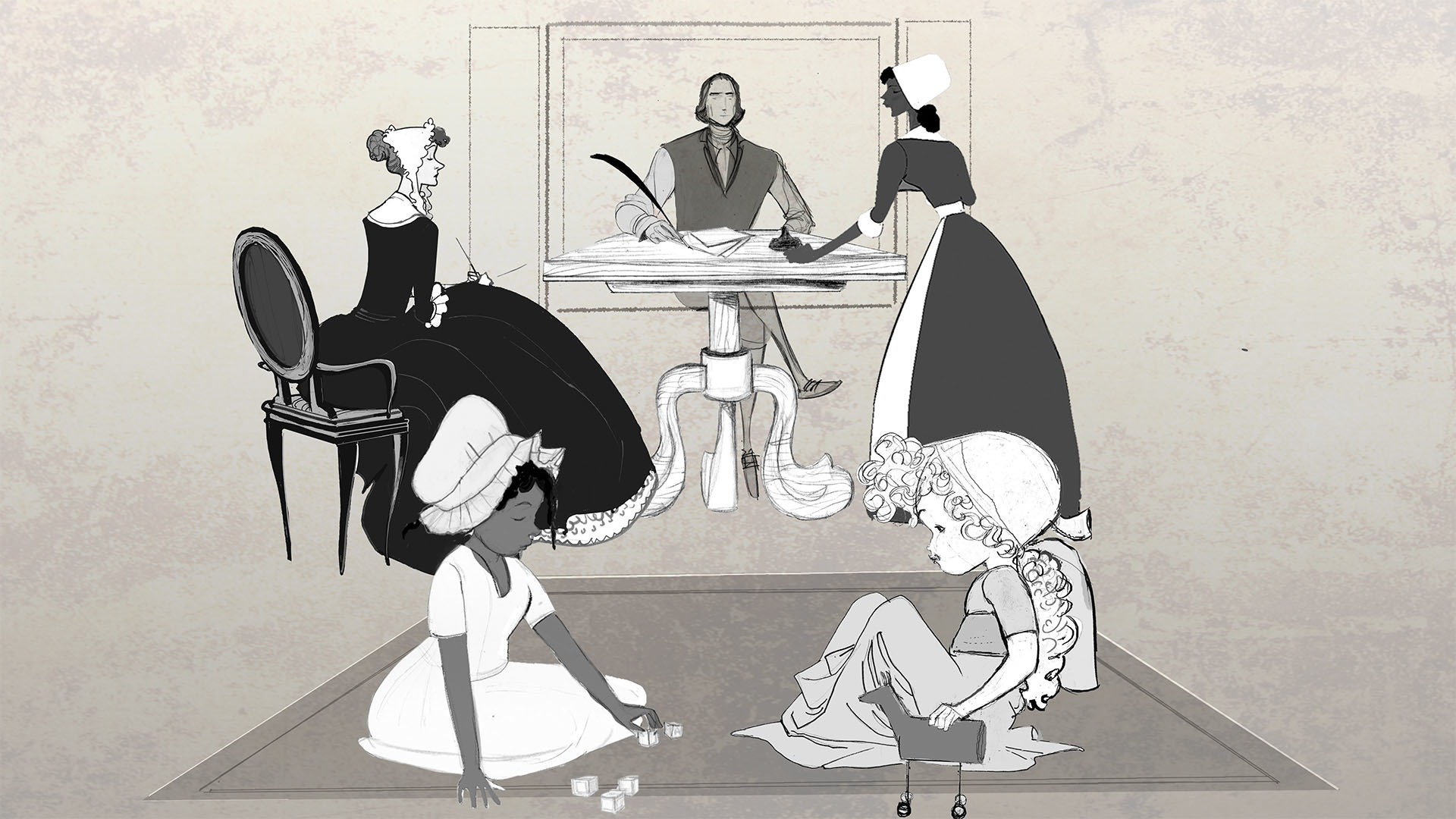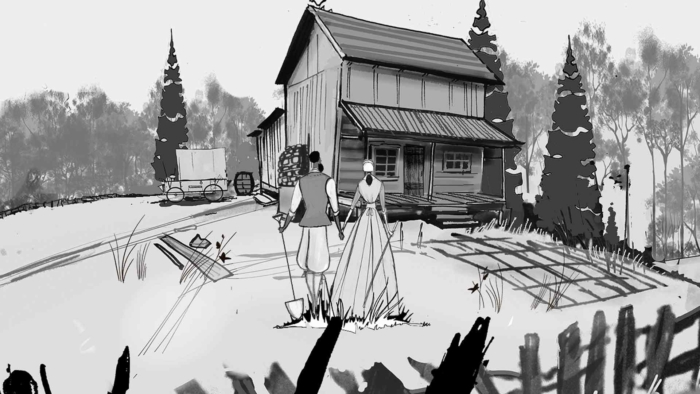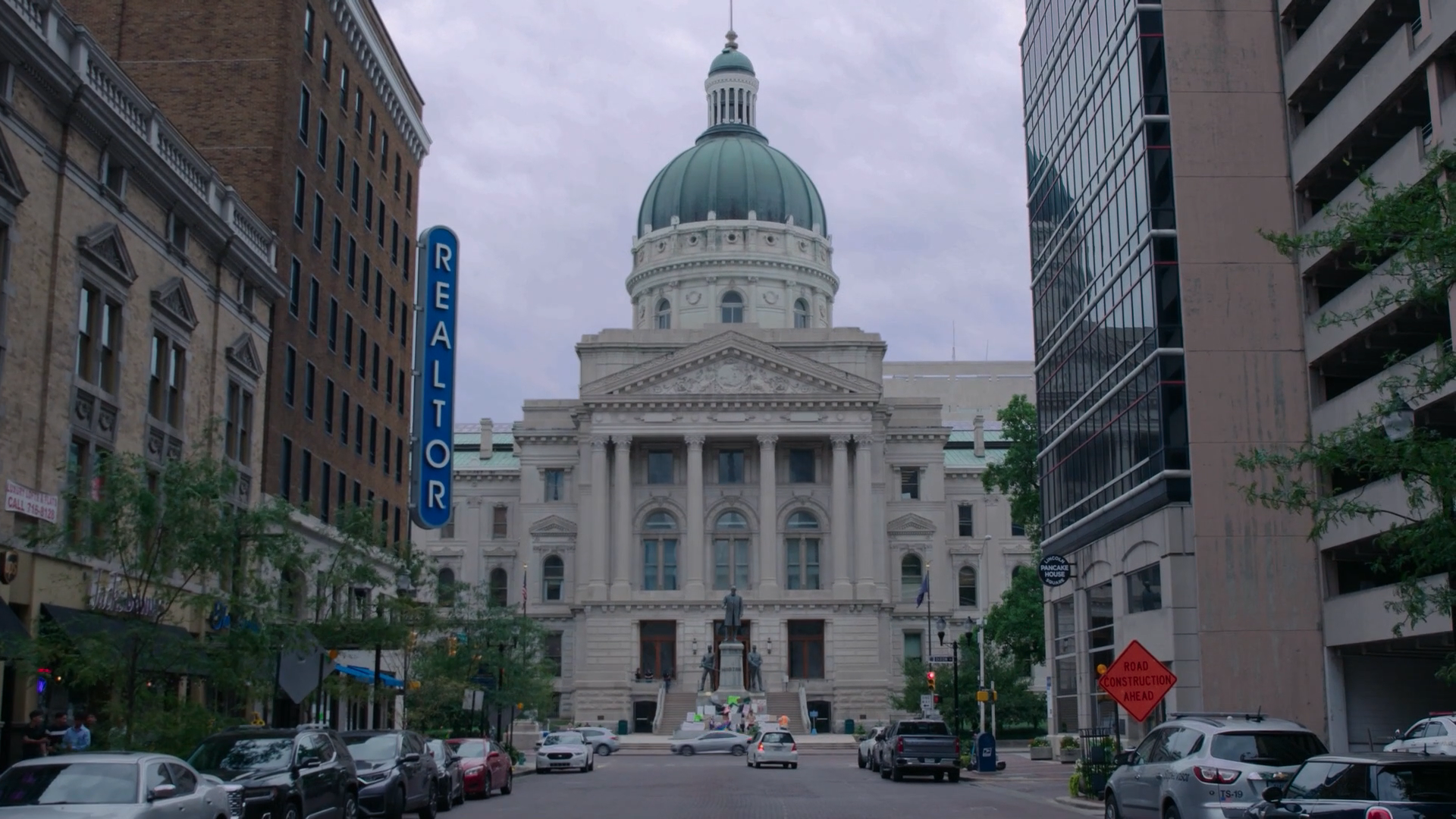'The History Of White People In America,' Episode Two: How America Outlawed Interracial Marriage

Editor's Note: This article was previously published for WGBH July 2020
WORLD Channel, in partnership with PBS’ Independent Lens, presents "The History Of White People In America," a new animated musical series about America’s reckoning with race and injustice. Through the lens of American history, the show illustrates the ways that the concept of whiteness has shaped our modern reality by enforcing the subjugation and separation of people based on the color of their skin.
In Episode Two, "How America Outlawed Interracial Marriage," the series gets into the impact of laws that made interracial marriage illegal in the early 1700s (and weren't reversed until the Supreme Court ruled those laws unconstitutional in 1967). Set in the decades after Bacon's Rebellion, the episode follows an African man and an English woman — husband and wife — who sing of their fate and their future as law by law, edict by edict, their family, their marriage, and their love are made illegal.
I spoke with art director and editor Drew Takahashi and producer Clementine Briand to learn more about the series — and this episode, in particular.

Jackie Bruleigh: How did you decide on these specific moments in history for the series?
Clementine Briand and Drew Takahashi: We wanted to tell a story that would illustrate the creation and enforcement of the slave codes. It was the fear of rebellion, as we establish in the first episode, that led to passing of more and more strict laws that would strip the freedoms away from the enslaved African people brought over to the new world. While each colony enacted different laws, they all had common threads including restrictions on movement, prohibitions of gatherings, punishment and killings, education and marriage. All of this was meant to dehumanize the individual and destroy families, and it still has ripple effects to this day. We want the audience to understand that none of what you see in our series is the past. It is very much our present.
Jackie: In researching this episode, did you come across historical differences in how interracial couples were treated based on which half of the couple was white (other than the example of the rape of enslaved women, which is discussed in episode three)?
Clementine and Drew: First, let’s be clear: if you were the African American member of an interracial couple, your treatment was always much worse than that of the white member. That said, the original laws focused on the white men and women members of the interracial unions because their real intention was to control the numbers of mixed children. Because the fear was rebellion, [those in power] were afraid that mixed individuals would align with the enslaved African American population, so legislators crafted laws that they thought would prevent white men, but more exactingly white women, from entering into interracial relationships.
That is why the episode gives as much weight to the couple’s child as it does to them. Through this lens we can see it is about reproductive control — an issue that has had several incarnations throughout history, whether it is the systematic illegal sterilization of black and brown women, personhood laws, or TRAP laws (ed: Targeted Restrictions on Abortion Providers, regulatory laws passed with the intention to limit abortion access) passed in Alabama, Texas, Georgia, etc. All with the overarching goal to control the children being born and by whom.

Jackie: When you think about promoting the show, who is your ideal audience?
Clementine and Drew: Our ambitions are large. We want this project to have as broad a reach as "Schoolhouse Rock!" Our target audience is young, informed, socially-engaged, and they are eager to learn more about the untold history of our nation. Our goal is that the series will help people recognize when and how policymakers deploy similar devices today. For example, gerrymandering, defunding assistance programs, tax cuts benefiting the wealthy, and repealing the Affordable Care Act. Our hope is that when viewers are armed with this deeper understanding of our past, they will raise the national dialogue out of the “echo chambers” of the internet and use it as a tool to help dismantle systemic racism.
The History Of White People In America

About the Author
More like this
Visit the Behind The Lens Blog


